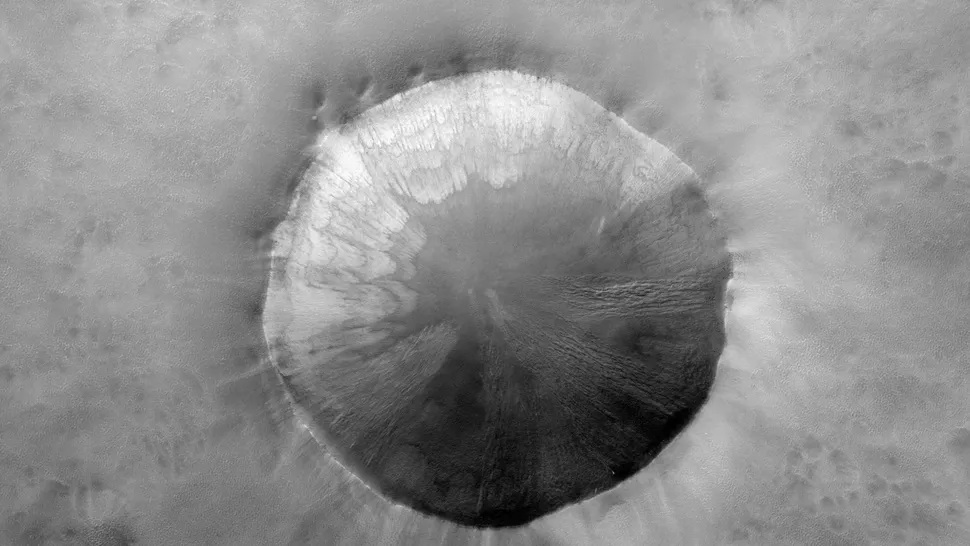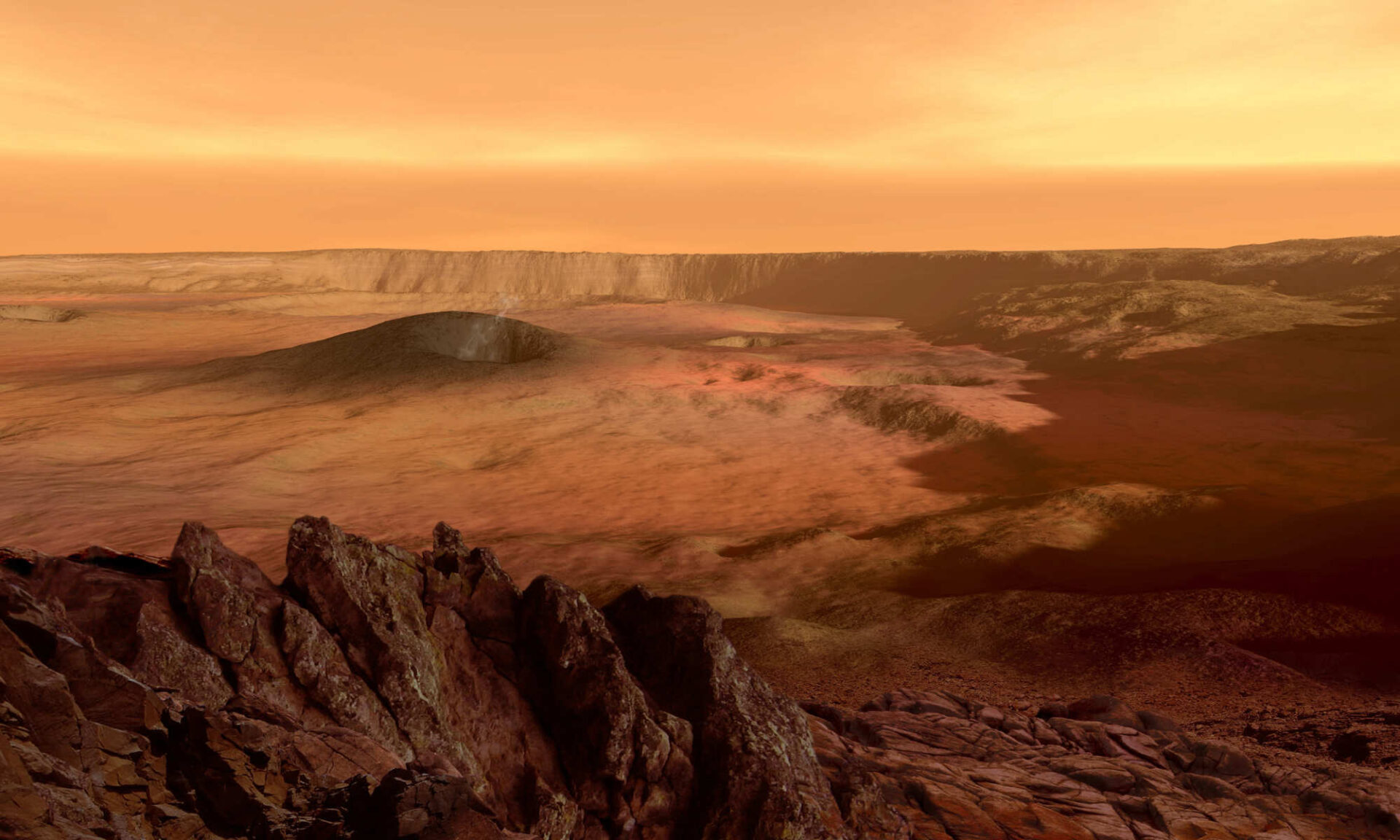Despite being cold, desiccated, and having a thin atmosphere, Mars is similar to Earth in many ways. For instance, both planets have polar ice caps, a similar day/night cycle, and tilted axes. At one time, Mars had a thicker atmosphere and warmer temperatures that allowed water to flow across its surface. Despite the transition that led to its becoming the inhospitable place we see today, there are also indications that Mars' climate is shaped by the same kind of dynamic forces that Earth is.
In a new study, a team of international researchers led by the University of Rochester found another curious similarity while examining soil features on Mars. According to their analysis, these features look similar to wave-shaped soil patterns known as solifluction lobes. On Earth, these same patterns have been observed in the planet's coldest regions and are caused by freeze-thaw cycles. These findings offer new insights into geological processes on Mars and clues about Mars' past climate and potential habitability.
The study was led by JohnPaul Sleiman, a PhD student with the Department of Earth and Environmental Sciences(DEES) at the University of Rochester. He was joined by Rachel Glade, an Assistant Professor with the DEES;Andreas Johnsson, a Senior Lecturer with the Department of Earth Sciences at the University of Gothenburg;James Wray, a Professor with the School of Earth & Atmospheric Sciences(SEAS) at Georgia Tech; and Rachel Glade, an Assistant Professor with the DEES and the Deparment of Mechanical Engineering. The paper describing their findings was recently published in the journalIcarus.
 Their researchers used satellite images from the High Resolution Imaging Science Experiment(HiRISE) aboard NASA's Mars Reconnaissance Orbiter(MRO). Using this data, they analyzed nine craters on Mars and compared them to sites on Earth. This revealed that the wave-like landforms on Mars were similar in shape and geometry to solifluction lobes found on Earth. As Glade explained in a University of Rochester press release, these patterns "are large, slow-moving, granular examples of common patterns found in everyday fluids, like paint dripping down a wall."
Their researchers used satellite images from the High Resolution Imaging Science Experiment(HiRISE) aboard NASA's Mars Reconnaissance Orbiter(MRO). Using this data, they analyzed nine craters on Mars and compared them to sites on Earth. This revealed that the wave-like landforms on Mars were similar in shape and geometry to solifluction lobes found on Earth. As Glade explained in a University of Rochester press release, these patterns "are large, slow-moving, granular examples of common patterns found in everyday fluids, like paint dripping down a wall."
She added that these features grow (on average) 2.6 times taller on Mars before they collapse. According to the team's analysis, this difference is consistent with the physical properties of Martian regolith and the planet's weaker gravity (roughly 38% of Earth's gravity). On Earth, these features are found in the Arctic, the Rocky Mountains, and other cold, mountainous regions and form when frozen soil partially thaws, which loosens the soil enough for it to move downhill slowly over time.
Since Mars also experiences seasonal variations in temperature and solar exposure, it likely experiences similar freeze-thaw cycles. However, due to Mars' thin atmosphere, these cycles are likely driven by sublimation, where the ice instantly turns to vapor rather than thawing into liquid water. Nevertheless, this suggests that Mars may have once had icy conditions similar to Earth's that shaped its surface. This offers additional information on the evolution of the Martian climate, when it was once warm and watery.
It could also inform existing and future astrobiology missions searching for signs of past (or even present) life! But as Sleiman explained, additional research is required:
Understanding how these patterns form offers valuable insight into Mars' climate history, especially the potential for past freezing and thawing cycles, though more work is needed to tell if these features formed recently or long ago. Ultimately, this research could help us identify signs of past or present environments on other planets that may support or limit potential life.
Further Reading:University of Rochester,Icarus
 Universe Today
Universe Today
